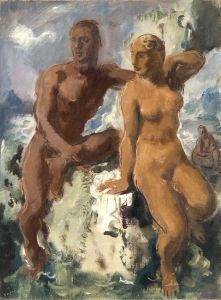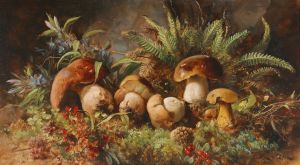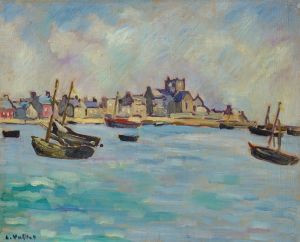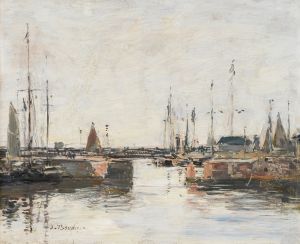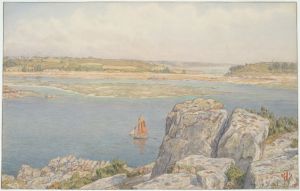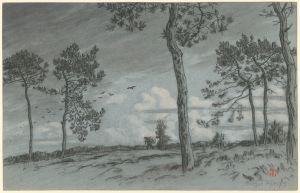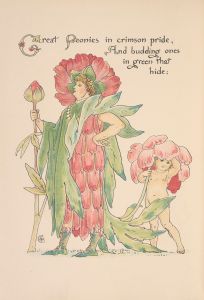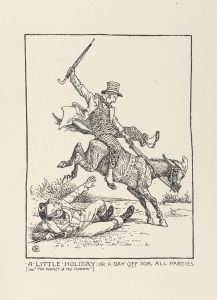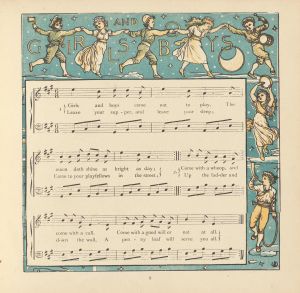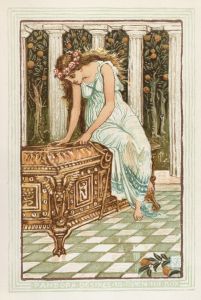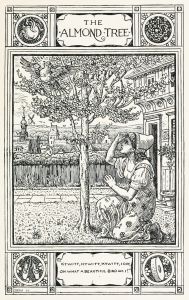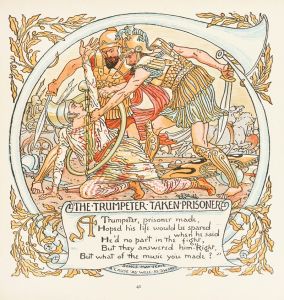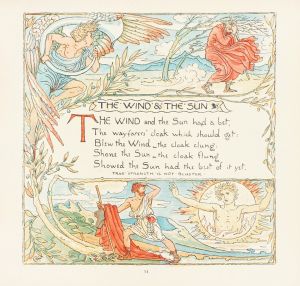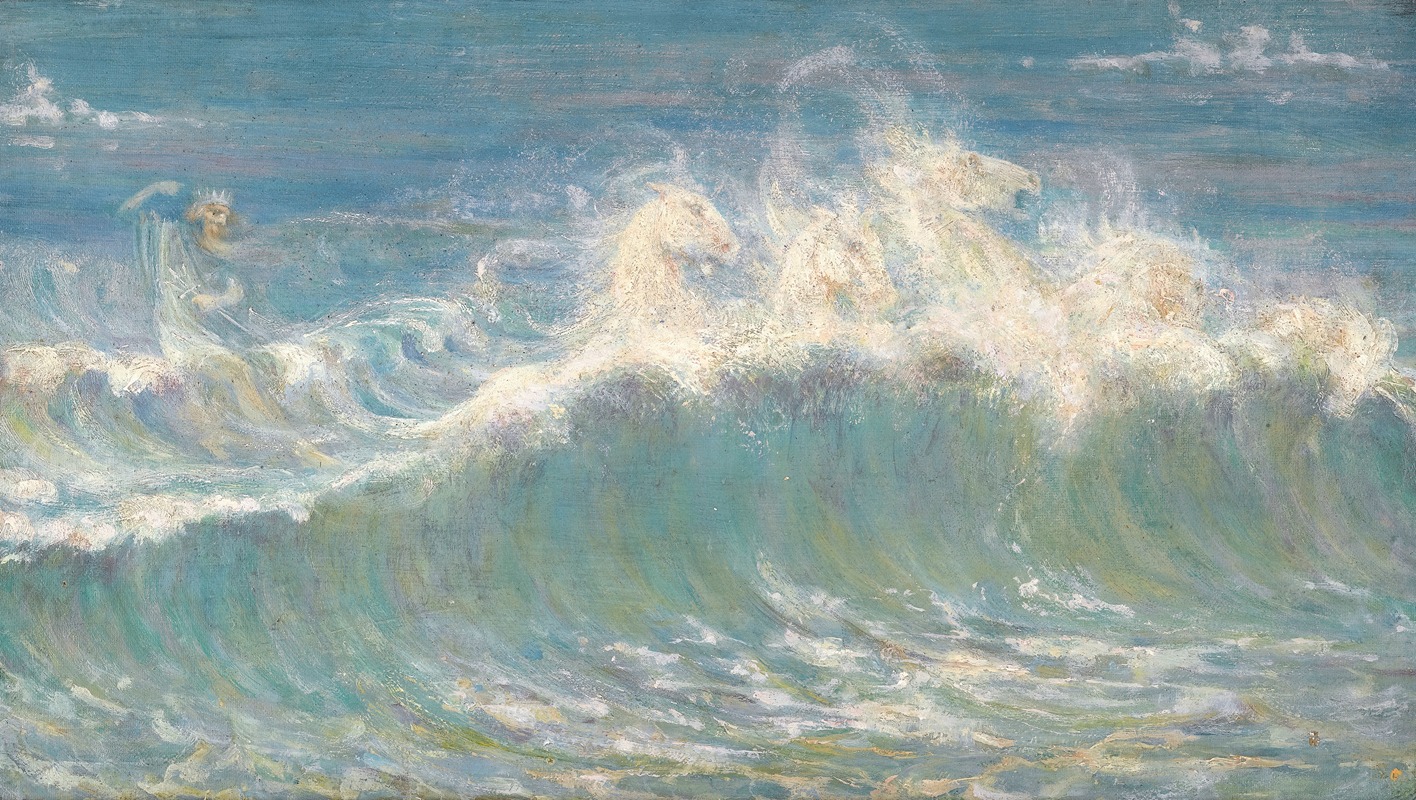
Neptune’s Horses
A hand-painted replica of Walter Crane’s masterpiece Neptune’s Horses, meticulously crafted by professional artists to capture the true essence of the original. Each piece is created with museum-quality canvas and rare mineral pigments, carefully painted by experienced artists with delicate brushstrokes and rich, layered colors to perfectly recreate the texture of the original artwork. Unlike machine-printed reproductions, this hand-painted version brings the painting to life, infused with the artist’s emotions and skill in every stroke. Whether for personal collection or home decoration, it instantly elevates the artistic atmosphere of any space.
"Neptune’s Horses" is a renowned painting by the English artist and illustrator Walter Crane, completed in 1892. Walter Crane was a prominent figure in the Arts and Crafts Movement, known for his contributions to book illustration, decorative arts, and painting. His work often featured themes from mythology, fairy tales, and nature, and "Neptune’s Horses" is a prime example of his fascination with mythological subjects.
The painting depicts a dynamic and dramatic scene inspired by classical mythology, specifically the Roman god Neptune, known as Poseidon in Greek mythology. Neptune was the god of the sea, and he was often associated with horses, which were believed to be his sacred animals. In "Neptune’s Horses," Crane illustrates the powerful and majestic creatures emerging from the ocean waves, embodying the raw energy and untamed spirit of the sea.
Crane’s use of color and composition in "Neptune’s Horses" is notable for its vividness and movement. The horses are painted in a way that captures their muscular forms and the fluidity of their motion, as if they are galloping through the water. The waves are depicted with swirling patterns, enhancing the sense of motion and the tumultuous nature of the sea. This dynamic portrayal reflects Crane’s skill in creating visually engaging and emotionally resonant imagery.
The painting is also significant for its stylistic elements, which are characteristic of Crane’s broader body of work. His style often incorporated elements of Art Nouveau, with its emphasis on flowing lines and organic forms. In "Neptune’s Horses," these stylistic choices are evident in the graceful curves of the horses’ bodies and the rhythmic patterns of the waves.
Walter Crane’s work, including "Neptune’s Horses," was influential in the development of the decorative arts during the late 19th and early 20th centuries. His approach to art was informed by his belief in the unity of art and design, a principle that was central to the Arts and Crafts Movement. Crane’s emphasis on beauty, craftsmanship, and the integration of art into everyday life resonated with the movement’s ideals and helped to shape the direction of modern design.
"Neptune’s Horses" remains an important example of Crane’s artistic legacy, showcasing his ability to blend mythological themes with innovative design techniques. The painting continues to be appreciated for its aesthetic qualities and its contribution to the rich tapestry of 19th-century art. Today, it is held in various collections and is celebrated as a testament to Crane’s enduring influence on the world of art and illustration.





